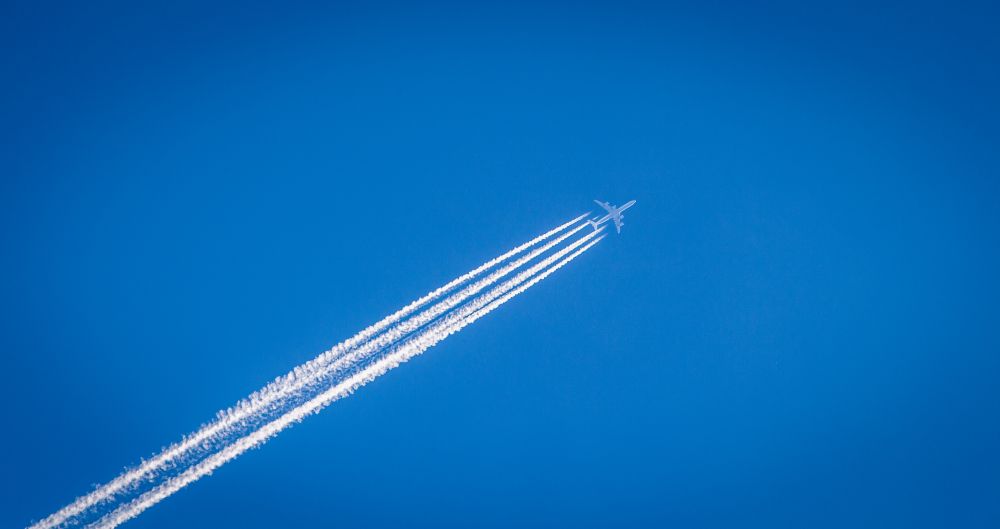IATA approves resolution for global aviation industry to achieve net-zero carbon emissions by 2050
The International Air Transport Association (IATA) 77th has approved a resolution for the global air transport industry to achieve net-zero carbon emissions by 2050.

The International Air Transport Association (IATA) 77th has approved a resolution for the global air transport industry to achieve net-zero carbon emissions by 2050.
This commitment will align with the Paris Agreement goal for global warming not to exceed 1.5°C.
“The world’s airlines have taken a momentous decision to ensure that flying is sustainable. The post-COVID-19 re-connect will be on a clear path towards net zero. That will ensure the freedom of future generations to sustainably explore, learn, trade, build markets, appreciate cultures and connect with people the world over. With the collective efforts of the entire value chain and supportive government policies, aviation will achieve net zero emissions by 2050,” said Willie Walsh, IATA’s Director General.
Achieving net zero emissions will be a huge challenge. The aviation industry must progressively reduce its emissions while accommodating the growing demand of a world that is eager to fly. To be able to serve the needs of the ten billion people expected to fly in 2050, at least 1.8 gigatons of carbon must be abated in that year.
A key immediate enabler is the International Civil Aviation Organization’s (ICAO) Carbon Offsetting and Reduction Scheme for International Aviation (CORSIA). This will stabilize international emissions at 2019 levels in the short-to-medium term. Support for this was reaffirmed in today’s resolution.
The strategy is to abate as much CO2 as possible from in-sector solutions such as sustainable aviation fuels, new aircraft technology, more efficient operations and infrastructure, and the development of new zero-emissions energy sources such as electric and hydrogen power.
Any emissions that cannot be eliminated at source will be eliminated through out-of-sector options such as carbon capture and storage and credible offsetting schemes.
“We have a plan. The scale of the industry in 2050 will require the mitigation of 1.8 gigatons of carbon. A potential scenario is that 65% of this will be abated through sustainable aviation fuels. We would expect new propulsion technology, such as hydrogen, to take care of another 13%. And efficiency improvements will account for a further 3%. The remainder could be dealt with through carbon capture and storage (11%) and offsets (8%),” said Walsh.
Find out more here.





_400_250_s_c1.png)
